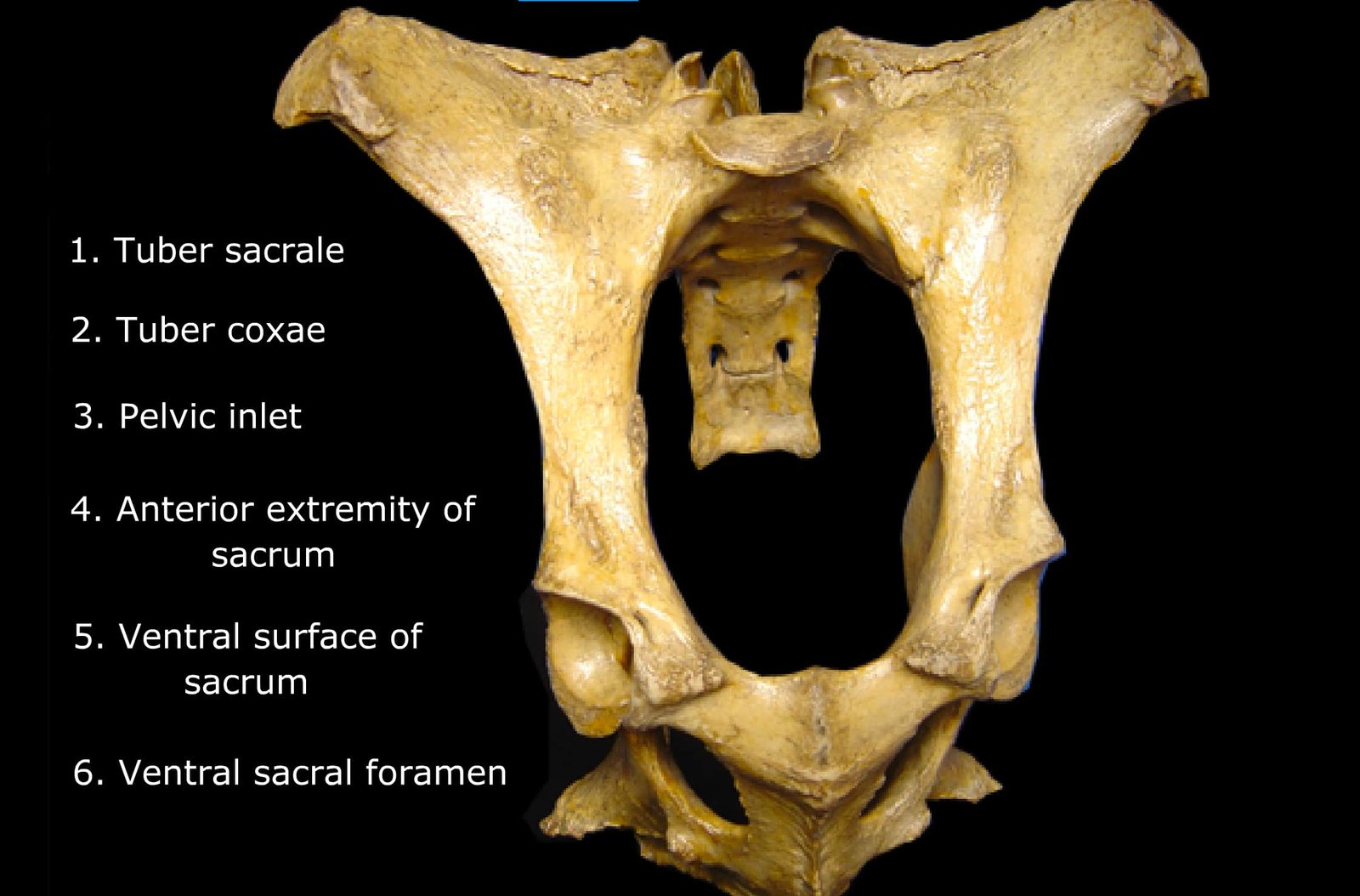TABLE OF CONTENTS
Anomalies of the Epididymis in Male Animals
Anomalies of the epididymis in male animals are typically congenital or hereditary defects that affect sperm transport and fertility.
Common anomalies include spermiostasis, segmental aplasia of the mesonephric duct, and remnants or cysts of embryonic ducts.
Anomalies of the epididymis may be either congenital or hereditary and include:
- Spermiostasis due to distention of aberrant efferent or epididymal tubules with the secondary formation of spermatic granulomas in the region of the head of the epididymis.
- Segmental aplasia of the mesonephiric or Wolffian duct
- Mesonephric or paramesonephric duct cysts or remnants may be found near the epididymis or vas deferens.

1. Spermiostasis
Spermiostasis, resulting in spermatoceles and spermatic granulomas resembling tubercular granulomas, may be caused by blind rudimentary mesonephric tubules (ductuli aberrantes).
These tubules most often are defective efferent tubules. They may be attached to the rete or epididymis and therefore produce lesions involving the head of the epididymis and only rarely other portions of the epididymis.
The condition is common in bucks and possibly rams, less common in bulls and rare in the other domestic animals.
In rams it has been confused with ram epididymitis which usually causes spermatic granulomas in the tail of the epididymis.
In bucks the condition is usually bilateral resulting in complete sterility.
Bovine spermiostasis in the mesonephiric ducts is genetically determined by some recessive hereditary factors.
Spermiostasis with spermatocele and spermatic granulomas develop slowly thus young, even bilaterally affected, males may be fertile for a year or more until the fibrous tissue of the granulomas completely obstructs the mesonephric ducts.
Spermatozoa and fluid are continued to be produced in the seminiferous tubules and absorbed in the efferent ducts and head of the epididymis if the obstruction is located at the distal portion of the head.
If the obstruction is located at the proximal portion of the head or in the efferent tubules the back pressure may produce testicular degeneration but the size and consistency of the testicle may remain nearly normal due to the accumulation of testicular secretion.
2. Segmental Aplasia of the Mesonephric or Wolffian Duct
Segmental aplasia of the mesonephric (Wolffian) duct may occur congenitally in all species but is well-documented in bulls.
The majority of cases are unilateral and the body, tail, entire epididymis and even a part or all of the vas deferens may be missing.
In unilateral cases the bull is fertile.
In older bulls spermatoceles and/or granulomas may develop just proximal to the missing segment.
In unilaterally affected bulls the sperm cell concentration is about one-half normal as is the total number of spermatozoa per ejaculate.
Careful clinical palpation of the testes and epididymis, and a rectal examination of the ampullae and seminal vesicles in the larger species will usually detect the extent of the segmental aplasia.
A small epididymis accompanies hypoplasia of the testis. Palpation of a very small or missing tail of the epididymis is highly indicative of segmental aplasia.
The head of the epididymis, if present, is often enlarged due to distention with sperm. If the segmental aplasia is located in the vas deferens, the tail of the epididymis may be enlarged.
In rare cases the missing segment may be located in the vas deferens near the urethra causing distention of the ampulla.
There is no treatment for this condition, other than possible surgery to reunite the unaffected portions of the mesonephric duct. Because of the possible hereditary nature of this anomaly, affected males should be culled.
3. “Mesonephric (Wolffian) or Paramesonephric (Müllerian) Duct Cysts or Remnants
Mesonephric (Wolffian) or paramesonephric (Müllerian) duct cysts or remnants, along with other miscellaneous anomalies, may be found in males and are usually of little clinical significance. These cysts can be large and may be mistaken for defects or diseases of the epididymis upon palpation.
Occasional mesonephric duct cysts may be found in bulls near the head and tail of the epididymis and some may be lined by ciliated cells, “medusa cysts”.

